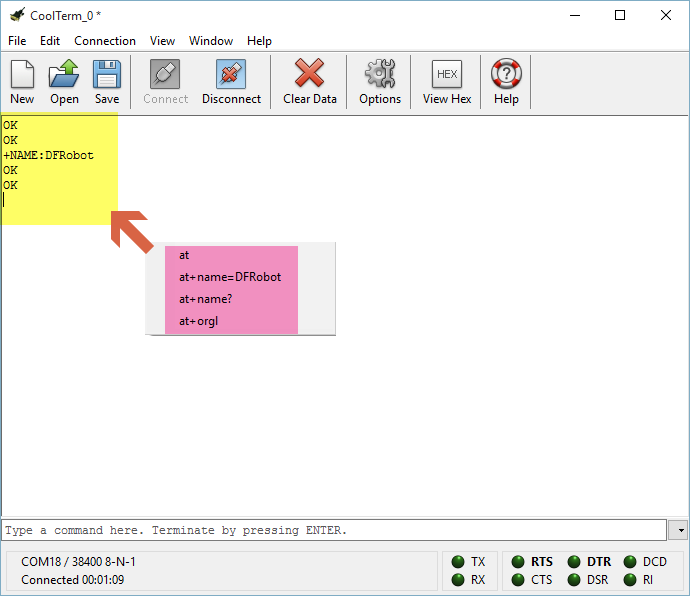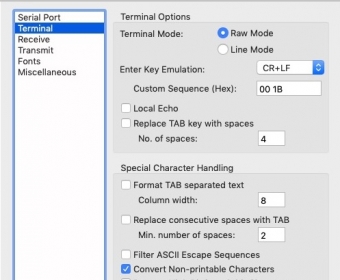
When you examine the card with your computer, you will see one or more files on the card named e.g. This delay gives the OpenLog a chance to write the last partial buffer of data to the card.

To ensure that you get the last bit of data, wait five seconds after the last data is sent before powering down. Power down the OpenLog before removing the micro-SD card. You can pull out the micro-SD card and read it with your computer. There are two ways to retrieve data from the OpenLog: If you haven't soldered before, it's easy, see our tutorial on the basics. If you'd like to plug it into a male FTDI header as found on many of our products, we recommend using a 6-pin, right-angle female header ( PRT-09429). You can solder any headers or bare wires you like to the OpenLog.


There should be one (or more) files on the card named e.g. Remove the micro-SD card from the OpenLog, and look at it on your computer. When you're done sending your data, wait half a second for the OpenLog to save the last bit of data, and remove power. This could be sensor readings, GPS data, warnings, anything.
#Coolterm to csv serial
Plug a micro-SD card into the socket on the back of the OpenLog.Ĭonnect a power supply (3.3V to 12V) to the VCC / GND headers.Ĭonnect your project's serial output (9600 baud TTL-level) to the RXI header. Solder your desired headers to the OpenLog (see below). Here's one way to use an OpenLog with the factory-default settings, but note that the OpenLog is very versatile and supports other settings and ways to connect to it.


 0 kommentar(er)
0 kommentar(er)
